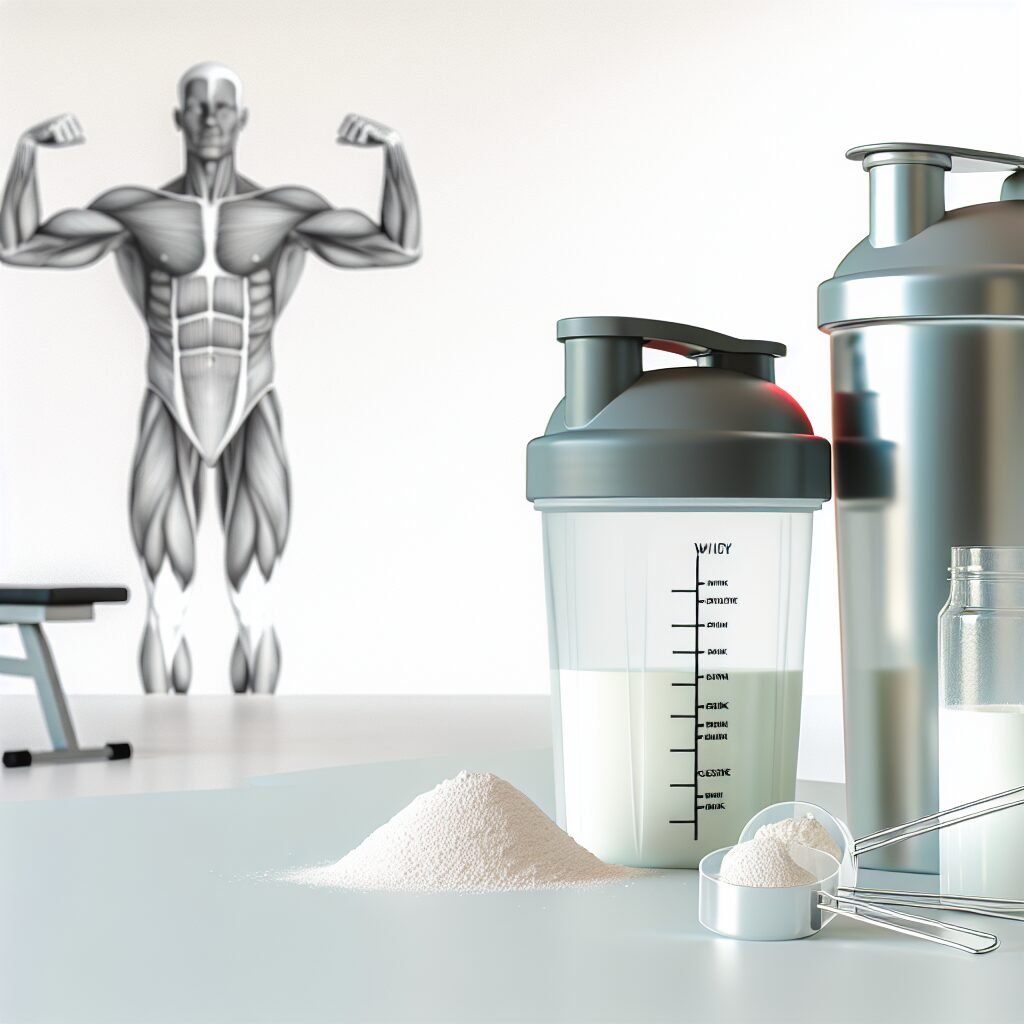
Whey Protein Isolate vs. Concentrate: What’s the Difference? Whey protein has become a staple in fitness and nutrition circles for its role in supporting muscle growth, post-workout recovery, and overall health. Yet, not all whey protein supplements are created equal. The debate often centers on whey protein isolate versus concentrate, two forms that differ substantially in composition, lactose content, and purity. Understanding these differences, alongside the quality of the source and manufacturing processes, can help consumers make informed decisions for their unique fitness or health goals. Whey protein itself is a byproduct of the cheese-making process, derived from milk. It naturally contains a mix of proteins, lactose, fats, and minerals. When converted to a supplement, this liquid is processed into different forms—chiefly whey protein concentrate (WPC) and whey protein isolate (WPI). The key distinction between these types lies in filtration. Whey protein isolate undergoes additional filtration, stripping away nearly all non-protein components, resulting in a purity that sits between 90% and 95% protein by weight. This makes whey isolate one of the leanest protein sources, virtually free of lactose, fat, and excess sugars. In contrast, whey concentrate retains more of the original carbohydrate and fat content, providing at least 80% protein by weight but with more calories and lactose per serving. For individuals aiming to maximize muscle protein synthesis while minimizing caloric intake, whey protein isolate is an appealing option. Its high protein concentration and low levels of lactose and fat serve those who are closely tracking macros, experiencing lactose intolerance, or simply looking for a cleaner post-workout option. However, for most people without lactose sensitivity, whey concentrate remains an excellent and slightly more affordable alternative, still providing a dense source of quality protein. Both whey isolate and concentrate are considered complete proteins. They contain all nine essential amino acids, including branched-chain amino acids (BCAAs) that are crucial for muscle repair and growth. This complete amino acid profile sets whey protein apart from many plant-based proteins and even some animal sources, making it a favorite among athletes and anyone prioritizing muscle health. The rapid absorption and digestibility of whey proteins—especially isolates—also mean they can quickly deliver amino acids to muscles post-exercise, accelerating recovery and muscle building compared to slower-digesting protein sources like casein or whole meats. Scientific research has consistently shown that supplementing with whey protein, regardless of form, can enhance gains in lean body mass and strength when combined with resistance training. Whey protein’s efficacy extends beyond just building muscle. Consuming whey after exercise stimulates the release of anabolic hormones, including insulin-like growth factor-1 (IGF-1) and growth hormone, both of which further support muscle cell growth and post-exercise recovery. For these reasons, many fitness enthusiasts incorporate a whey protein shake before or after workouts to optimize their training results. When considering how much protein you need daily for muscle growth and recovery, expert recommendations generally fall within the range of 0.5 to 1.5 grams of protein per pound of body weight per day, based on activity level and goals. Achieving the higher end of this spectrum with whole foods alone can be challenging, especially for those with busy schedules or dietary restrictions. Protein powders like whey isolate or concentrate offer an efficient, reliable means to bridge these nutritional gaps. Product quality and ingredient transparency are also important factors in choosing a whey protein supplement. The global protein supplement market is saturated, but not all powders are of the same caliber. High-quality products disclose complete ingredient lists, avoid unnecessary additives, artificial flavors, and fillers, and often undergo independent third-party testing to verify label accuracy. One example is Transparent Labs 100% Grass-Fed Whey Protein Isolate, which emphasizes its sourcing from humanely raised, hormone-free, antibiotic-free grass-fed cows. This grass-fed origin is more than a marketing term; milk from grass-fed cattle delivers a higher content of beneficial phytonutrients and is increasingly demanded by health-conscious consumers. Natural flavorings, pure cocoa, and stevia sweetener replace artificial versions, keeping the ingredient list clean and minimizing chemical exposure. When vetting protein powders, a useful metric to assess is the protein-to-calorie percentage, sometimes called P/Cal. This figure compares the grams of protein per serving to total calories, helping distinguish products high in protein from those diluted with fillers. A good whey protein isolate will have a protein-to-calorie ratio above 80%, indicating a lean product with minimal empty calories. It’s also critical to weigh potential drawbacks. Whey protein isolate, due to its additional processing, comes at a higher price point than concentrate or blended proteins. Some products may also have higher sodium content, often from additives like Himalayan rock salt for flavor or mineral balance, which can be a consideration for those managing blood pressure or cardiovascular risk. Furthermore, while isolates are low in lactose, individuals with genuine dairy allergies should opt for non-dairy protein alternatives altogether, such as pea or rice protein. For those with strict dietary values or sensitivities, ingredient transparency and quality sourcing—such as grass-fed origins and no artificial colorants or flavors—become paramount. While products aligned with these standards may be pricier, they also tend to deliver greater trust and reliability, free from hidden or dubious additives that can undermine health. Ultimately, the choice between whey protein isolate and concentrate is a matter of personal preference, budget, and physiological tolerance. Whey isolate excels for those wanting the purest protein with the lowest traces of lactose, sugars, and fat—ideal for weight management, lean muscle building, or anyone with mild lactose intolerance. Whey concentrate holds strong as a cost-effective, robust alternative, delivering much of the same muscle-building benefits, albeit with slightly more calories and carbohydrates. Both forms can be easily mixed into shakes, smoothies, or recipes, providing flexibility for varied diets. Optimal results come from meeting total daily protein needs, prioritizing complete, high-quality sources, and selecting products that fit both nutrition and ethical standards. In a crowded market, looking for trusted brands with rigorous sourcing and transparent labeling can make a significant difference. Whether choosing isolate or concentrate, integrating whey protein supplementation into a balanced, well-rounded diet remains one of the most effective ways to fuel muscle growth, support recovery, and advance fitness goals.







Leave a Reply